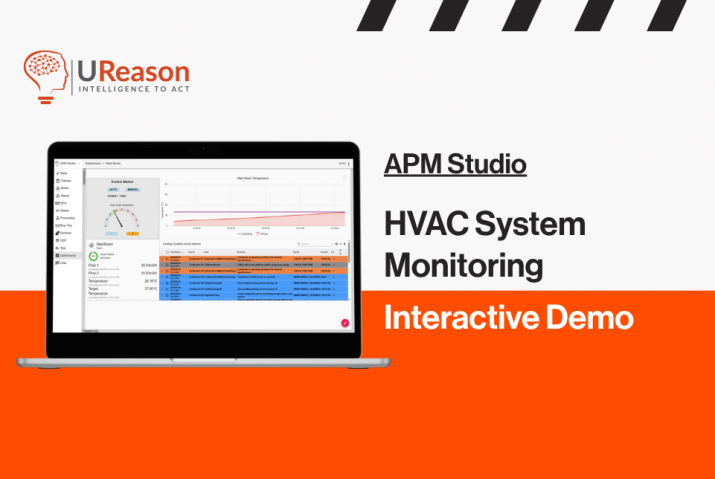Setting up a Failure Modes and Effects Analysis (FMEA) involves a systematic process that helps identify and prioritize potential failure modes and their effects. The general steps to set up an FMEA are:
1. Define the Scope and Objectives:
- Clearly define what you want to analyse with the FMEA. This could be an asset, a process, a system. Also set the boundaries of what will and will not be included in the analysis.
- Set clear objectives for the analysis, such as improving safety, reliability, or performance.
2. Assemble a Cross-Functional Team:
- Form a team of experts or individuals from various relevant disciplines, including process, electrical and instrumentation, operations, maintenance, SHEQ and other relevant areas for your business.
- Ensure that the team members have the necessary knowledge and expertise related to the subject of analysis.
3. Break Down the System:
- Divide the system or process into its components or subsystems – use as guidance the functions the asset/process needs to provide. This breakdown helps in a more focused analysis.
4. Identify Failure Modes:
- For each component or subsystem, brainstorm and list all possible failure modes. Failure modes are the different ways in which a component or subsystem can fail or malfunction.
5. Determine Effects and Consequences:
- For each identified failure mode, assess the potential effects or consequences it may have on the overall system, product, or process. Consider factors like safety, performance, reliability and efficiency.

6. Assign Severity Ratings:
- Assign a severity rating to each failure mode based on the potential impact of its consequences. Use a predefined scale (e.g., 1 to 10) to rank severity, with higher numbers indicating more severe consequences.
7. Assess Occurrence Probability:
- Determine the likelihood or probability of each failure mode occurring. Use historical data, expert judgment, or statistical analysis to estimate the occurrence probability.
8. Assign Detection Ratings:
- Evaluate the likelihood of detecting each failure mode before it reaches the end user. Assign a detection rating using a predefined scale, with higher numbers indicating a lower likelihood of detection.
9. Calculate Risk Priority Numbers (RPNs):
- Calculate the Risk Priority Number (RPN) for each failure mode by multiplying the severity, occurrence, and detection ratings. RPN = Severity × Occurrence × Detection.
(This step helps prioritize which failure modes require immediate attention based on their RPN values.)
10. Prioritize and Take Action:
- Prioritize the failure modes based on their RPN values. High-RPN failure modes should be addressed first.
- Develop action plans to mitigate or eliminate the identified high-risk failure modes. These actions may include design changes, process improvements, or additional testing.
11. Implement and Monitor:
- Implement the recommended actions and track their effectiveness in reducing the risks associated with identified failure modes.
- Periodically review and update the FMEA as new data becomes available or as the system or process changes.
Up Next: Failure Modes of Control Valves
Get Full Access to Expert FMEA Insights
A structured approach to analyzing risks and ensuring better valve performance.








